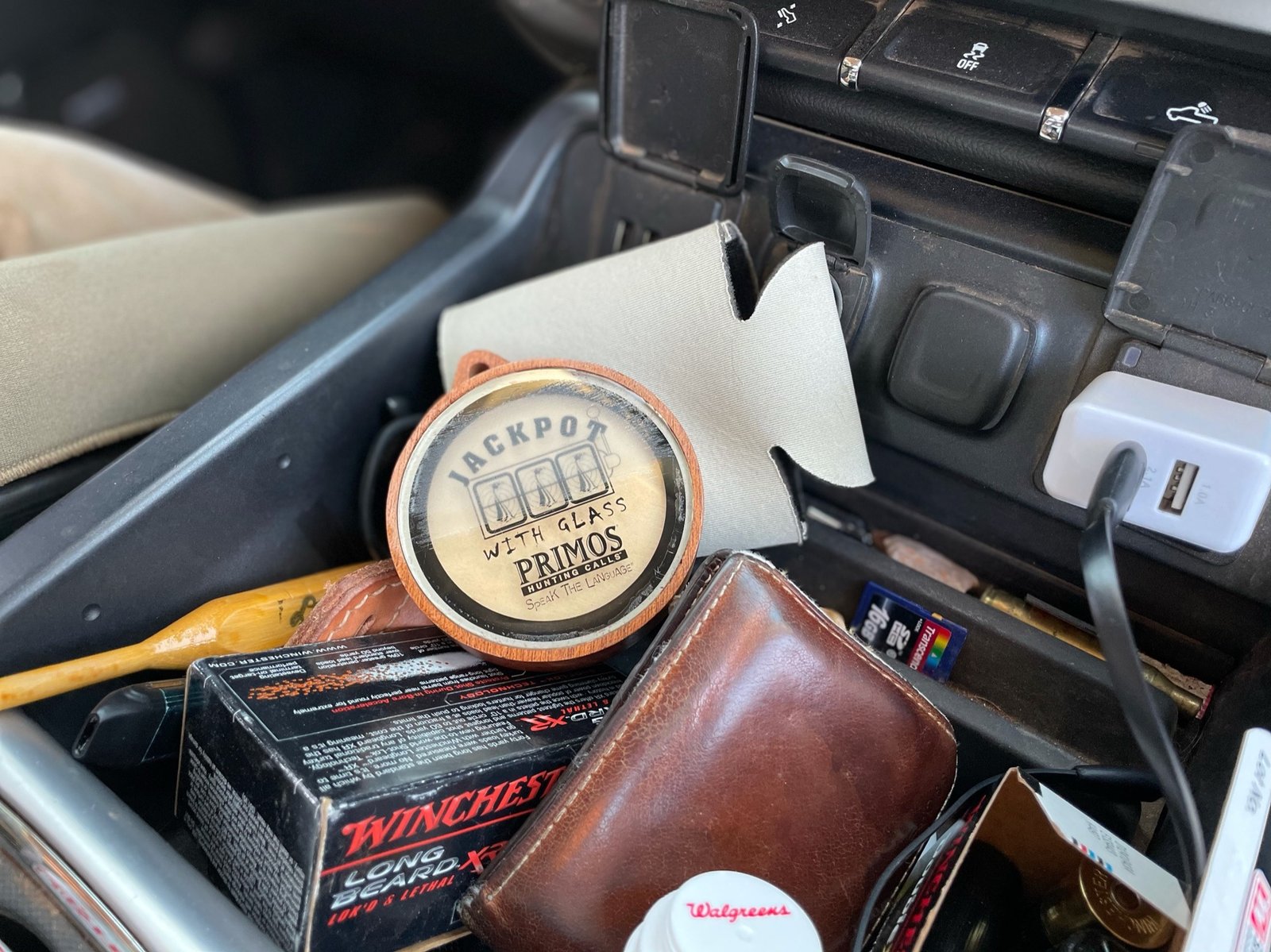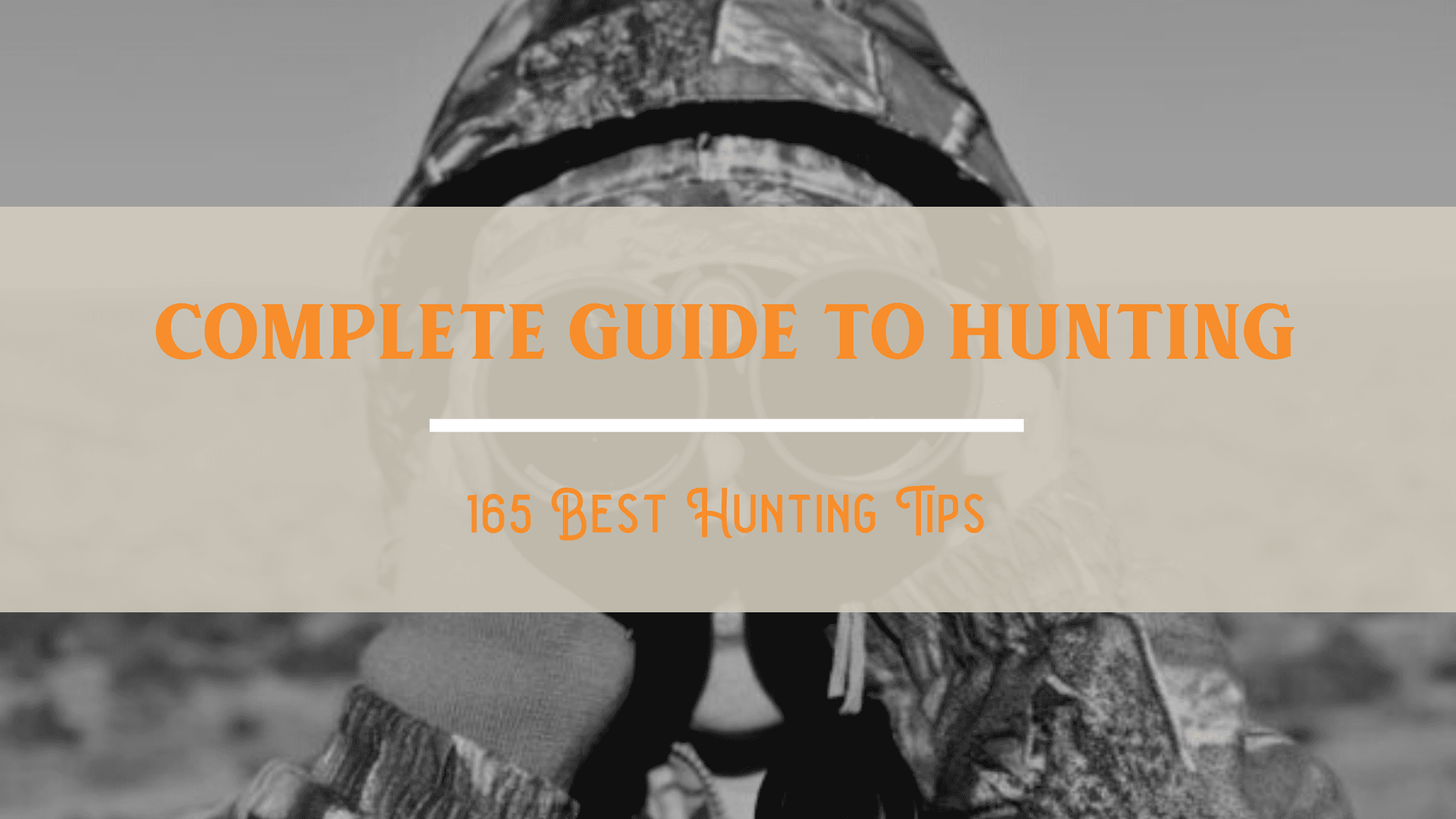Spring turkey season is a popular time to hunt. If you're a beginner, don't be intimidated! You only need a few basics for turkey hunting.
Always make sure you are familiar with your state’s rules and regulations for any season. I always find it easiest to save mine to my favorites in the search bar on my phone.
These are the basics of turkey hunting for beginners:

The Basics of Turkey Hunting
What’s In the Pack?
Want a full checklist of all the gear you'll need for an awesome turkey hunt? You know we've got you covered. Download it now.
- Hunting license
- Rope or Zip Tie to attach the tag to your turkey
- Game bags
- Knives: I love the Outdoor Edge Wild Lite Pack
- Sanitizing wipes for the cleanup
- Box call, mouth call, or slate
Read It Now:: The Complete Guide to Hunting Wild Turkeys
Picking Your Hunting Grounds
Whether hunting public or private land, you must do some scouting. Knowing the vegetation and location of water sources on the land you plan to hunt is key. Also, locating roosting areas will increase your chances, as well. Look for feathers around trees. Turkeys tend to lose them while flying up and down into the roost. Search for bigger areas of scratched-up leaves, branches, and dirt where they may be feeding. Don't forget to look for obvious signs of tracks.
Other Key Components
- How to harvest: I personally use a 12 gauge, but others also use 20 gauges, muzzleloaders, crossbows, and even compound bows. Turkey chokes are also used on the weapons to help constrict the ammunition at a certain rate. Turkey loads are my go-to ammunition.
- Where to aim: When using a shotgun or muzzleloader, the designated area you want to aim for on the turkey is the head and neck. While using a crossbow or compound you will want to aim for the heart or lungs; broadside (when the bird is turned with its body completely towards you) is when you will have the best shot.
- When to hunt: I prefer morning, right after sunrise, when the turkeys come out of their roost. You want to be in your spot and set up before dawn.
- What to wear: I always wear camo while hunting. Turkeys see in color so you will want to blend in well; turkeys see very well, very far, and have a wide range of 270-degree sight.
How to Report
Reporting in our state is simple. Immediately after you harvest your turkey you will validate your license and notch it appropriately and then attach it around your bird. You will be sent a survey at the end of the season to report hunting activity and success or you can go online to report. The survey includes many things; the zone you are hunting, the date you harvested your bird, and even the population of turkeys you observed during the season. Very fun and simple!
Commonly Asked Questions About the Basics of Turkey Hunting for Beginners:
What does a beginner turkey hunter need?
Beginner turkey hunters should start with essential gear: a shotgun, camouflage clothing, turkey calls, decoys, and safety equipment.
How do you successfully hunt turkeys?
To successfully hunt turkeys, use stealth and patience. Practice calling to attract them, set up decoys, and stay well-concealed. Remain still and alert, as turkeys have keen eyesight.
What is the best time of day to hunt turkeys?
The best time to hunt turkeys is during their most active periods, which are early morning and late afternoon. Turkeys tend to feed and move more during these times, increasing your chances of a successful hunt.
What not to do when turkey hunting?
Avoid making excessive noise or sudden movements. Don't overcall, as this can make turkeys suspicious. Never stalk turkeys; instead, set up and let them come to you. Lastly, prioritize safety by positively identifying your target before shooting.





3 thoughts on “The Basics of Turkey Hunting for Beginners”